Crocus Media, Nutritional Origins, Grains and Nuts, Cereals and Nuts
Cereals and Nuts
.jpg)
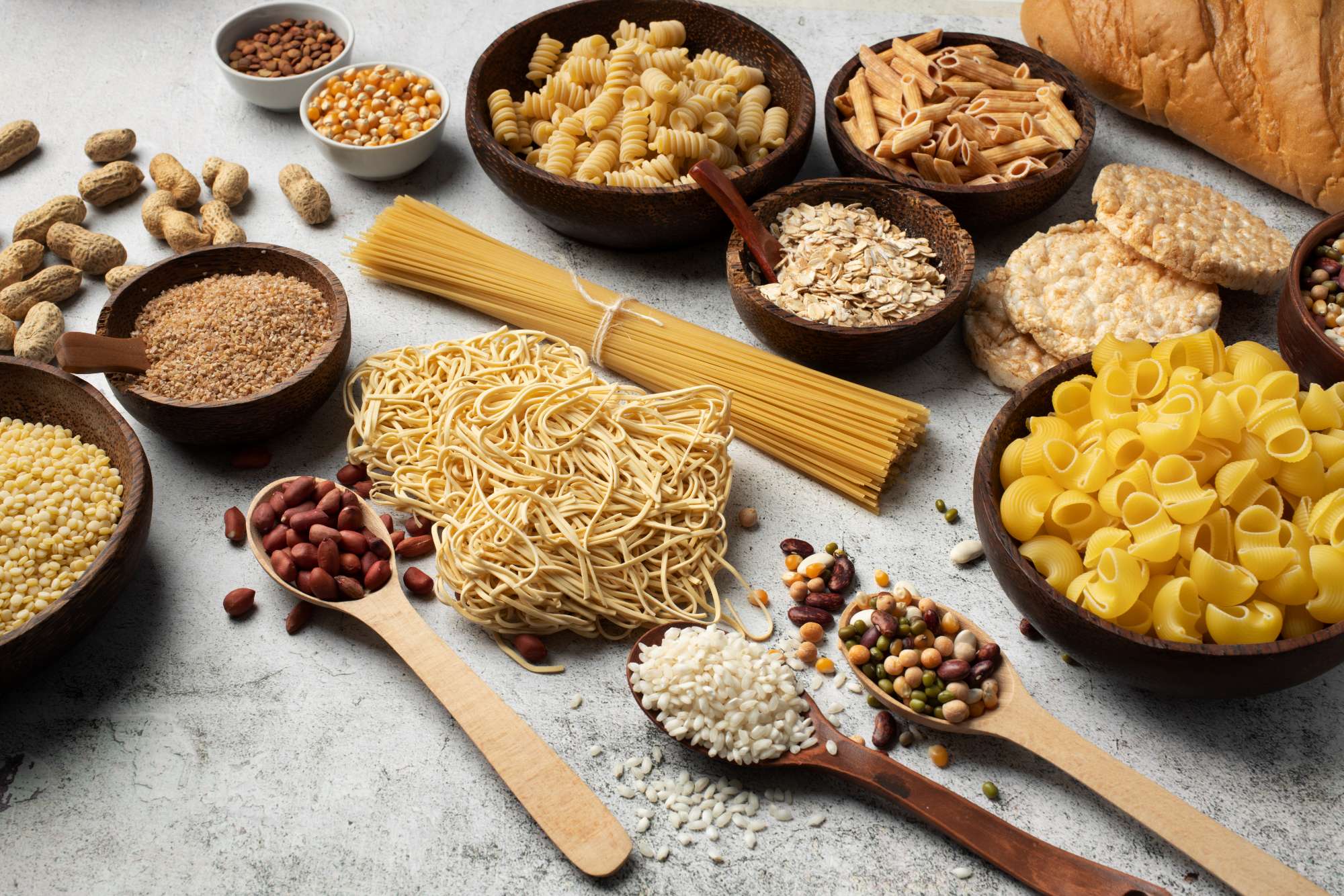
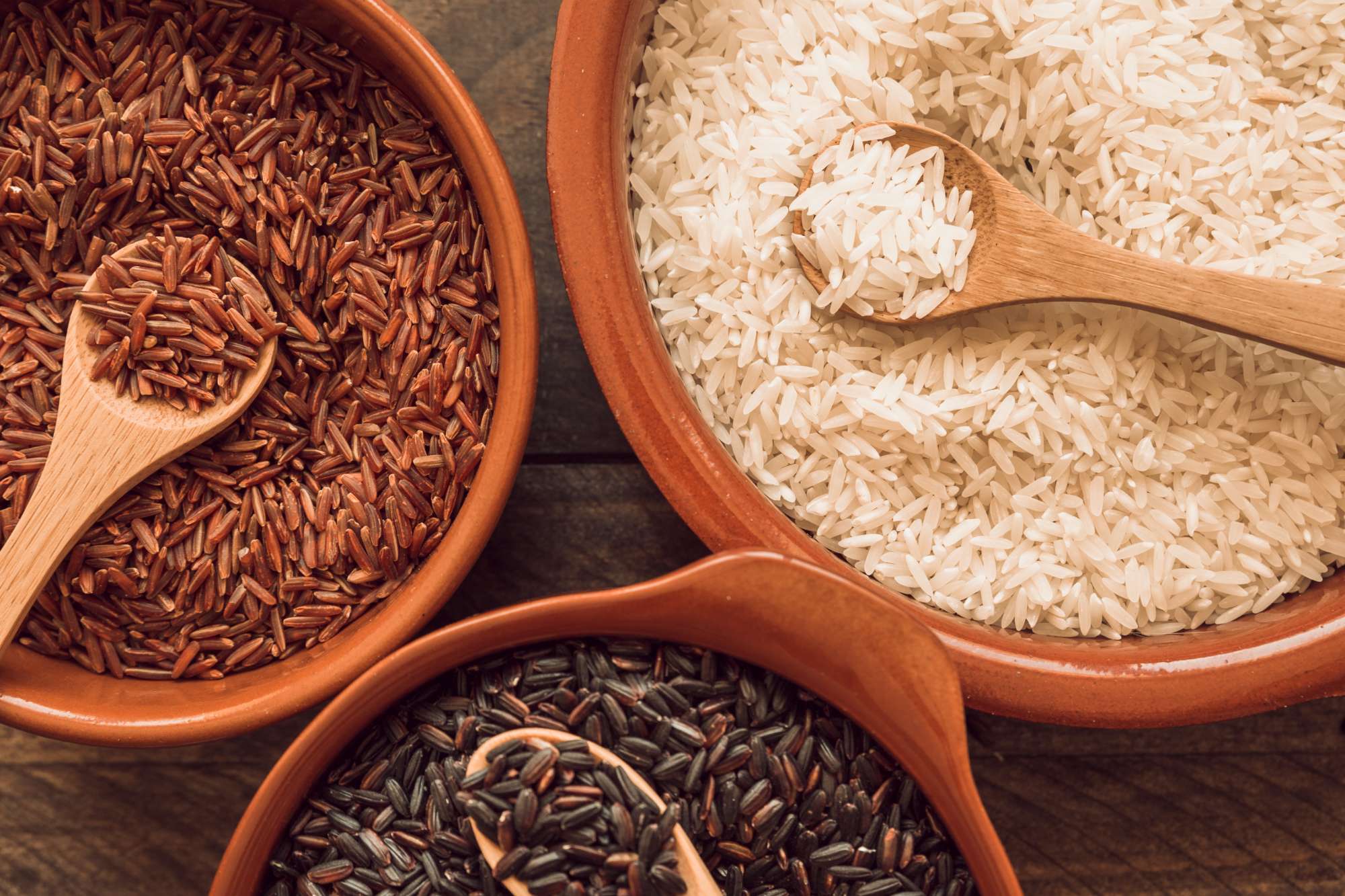
Brown rice and white rice, which one is better for your health?
Brown Rice and White Rice is a versatile grain that is viewed as a staple food by many people, especially in countries like China, Japan, India, Indonesia, and Korea. There are more than 7,000 varieties of rice in a variety of colors, shapes and sizes. The most common types of rice are white rice and brown rice. White rice is the most commonly consumed variety, but brown rice is also a popular choice. Brown rice vs white rice, which is better for your health?

Why is Quinoa a superfood?
Rich in fiber, minerals, antioxidants and all nine essential amino acids, quinoa is one of the healthiest and most nutritious foods on the planet. It may improve your blood sugar and cholesterol levels and even aid weight loss. What’s more, it’s naturally gluten-free, delicious, versatile and incredibly easy to prepare.
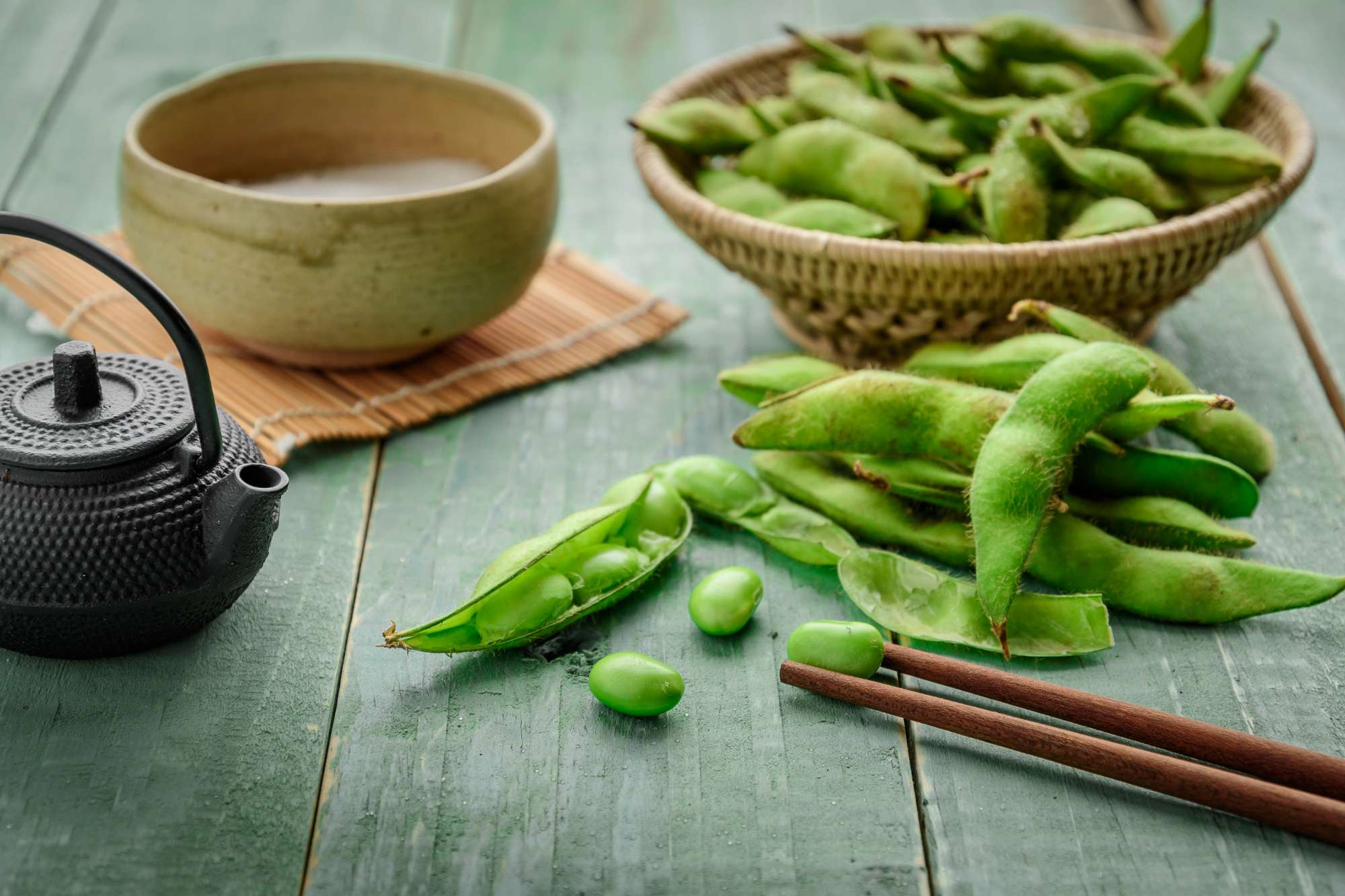
Soybeans and Isoflavones, a health boosting duo
Soybeans is a presentation of a potent source of plant-based protein. And more, it contain antioxidants and phytonutrients that are linked to various health benefits. They may reduce the risks of cancer and alleviate menopause symptoms. But, it also concerns have been raised about potential adverse effects.
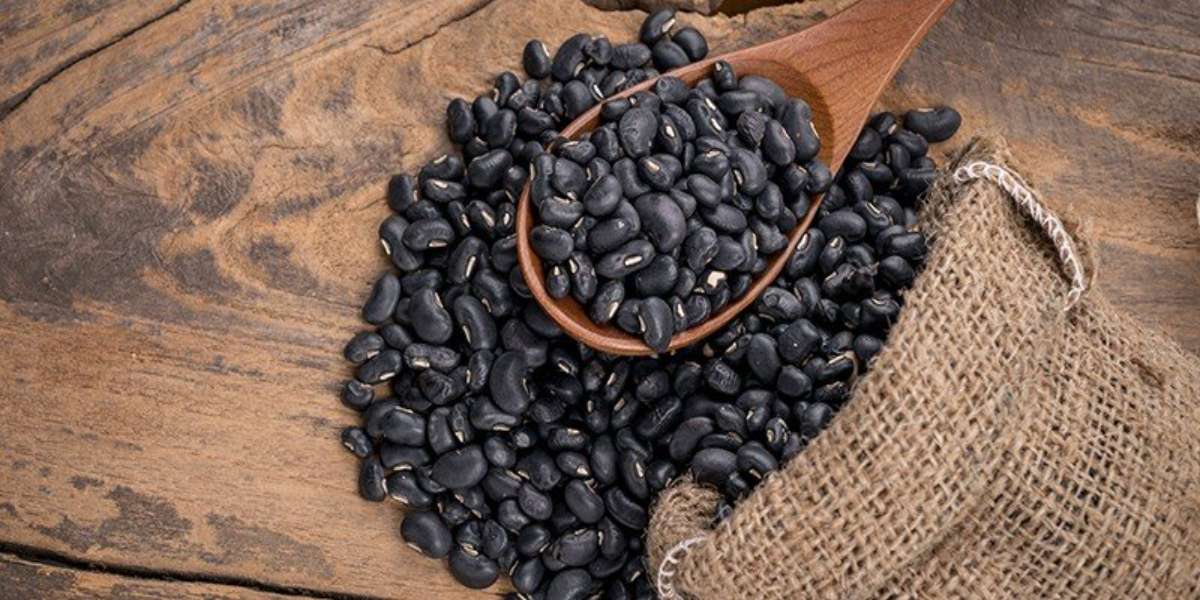
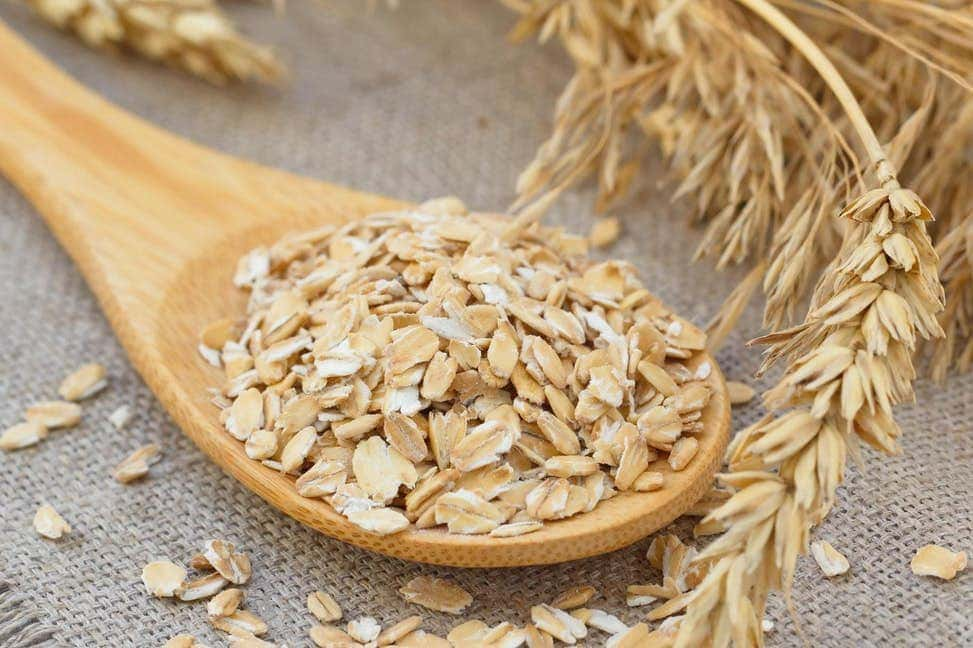
Oats and Oatmeal
Oats are among the healthiest grains on earth. They’re a gluten-free whole grain and a great source of important vitamins, minerals, fiber and antioxidants. Studies show that oats and oatmeal have many health benefits such as weight loss, lower blood sugar levels and a reduced risk of heart disease.
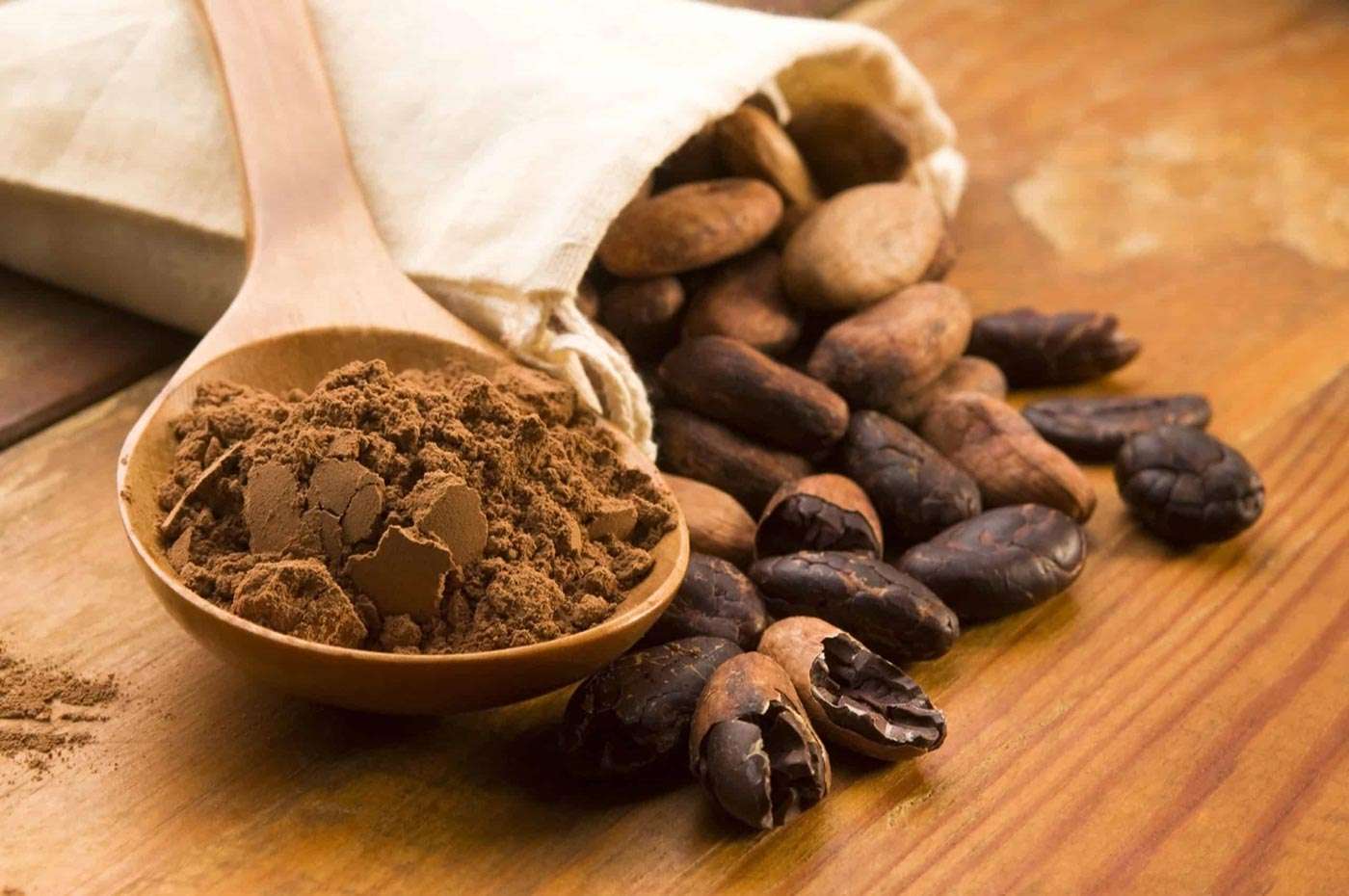
Dark chocolate and 7 proven health benefits
Dark chocolate contains many nutrients that positively affect health. It is made from the seeds of the cacao tree, which is one of the best sources of antioxidants you can find. Studies show that dark chocolate can improve your health and reduce your risk of heart disease.
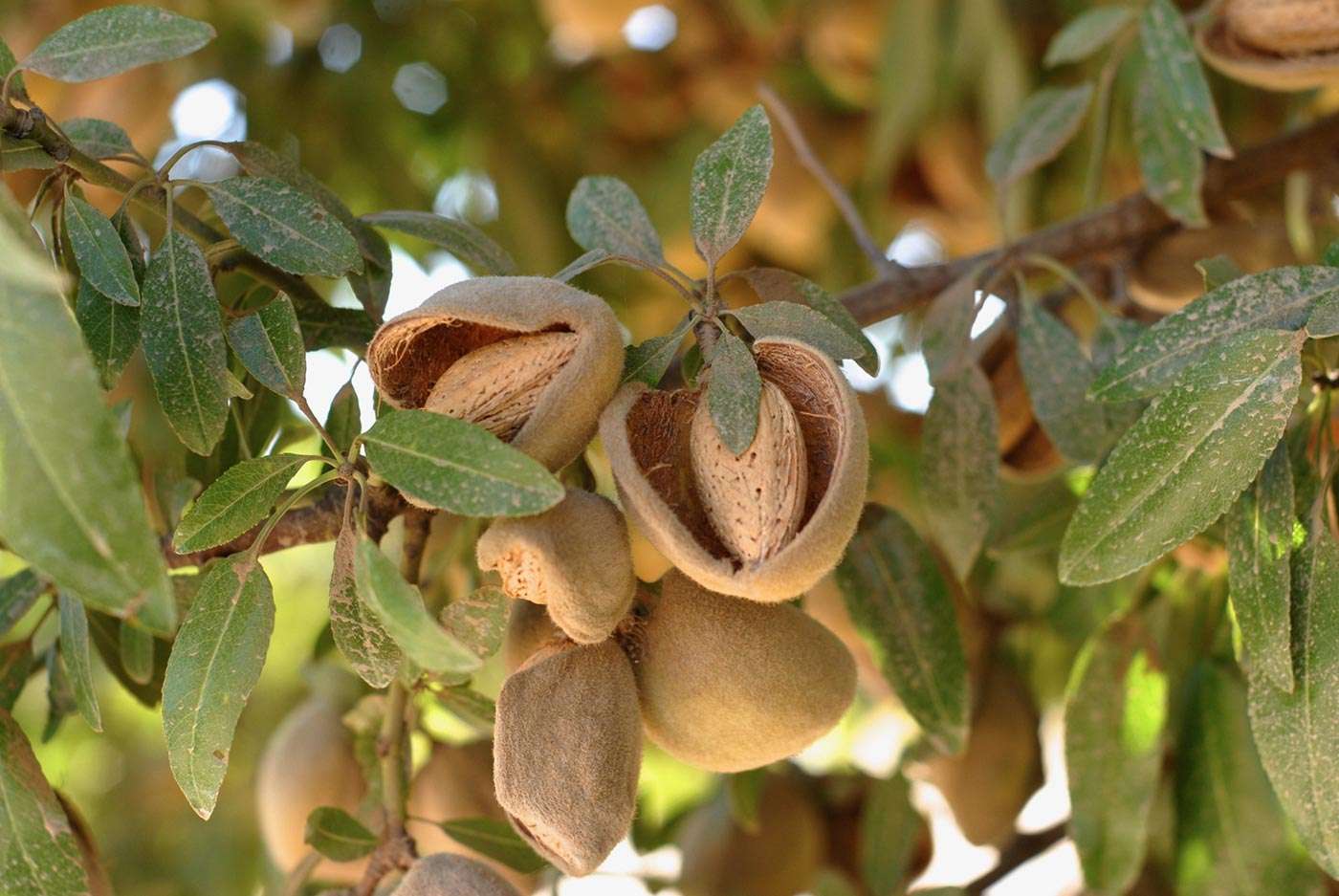
Nutrions from Almonds
The almond is a tree nut native to the Mediterranean region. Historically, almond trees grew there wild and were later cultivated as early as 3000 BC. Almonds are even referenced in the first book of the Bible, Genesis, as a prized food given as gifts. The edible part of the almond is actually a seed from a drupe, a fruit in which the outer shell and hull layers are typically not eaten. After extracting the almond seed, the shells and hulls are often used for livestock feed and bedding.
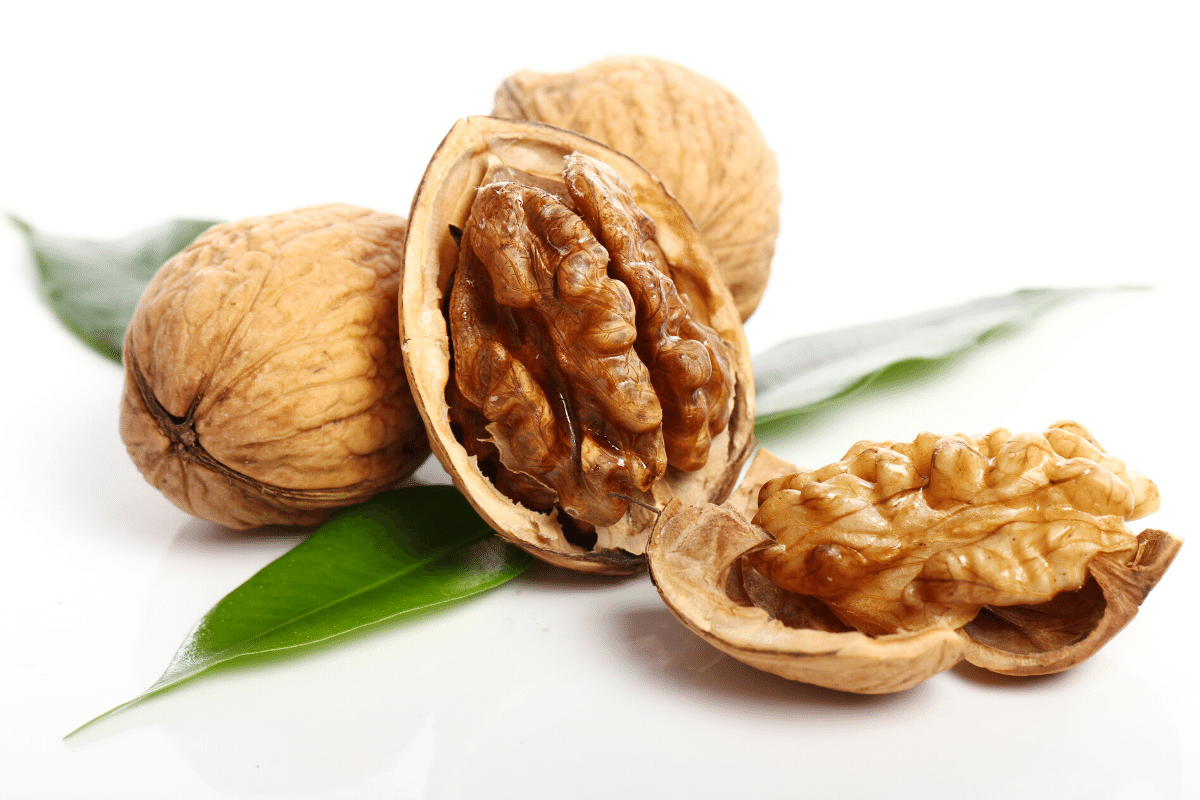
Walnuts, 12 Proven Health Benefits
Walnuts are an exceptionally nutritious nut. They have higher antioxidant activity and significantly more healthy omega-3 fats than any other common nut. This rich nutrient profile contributes to the many health benefits associated with walnuts, such as reduced inflammation and improved heart disease risk factors. Walnuts’ fiber and plant compounds, including polyphenols, may interact with your gut microbiota and contribute to your health.
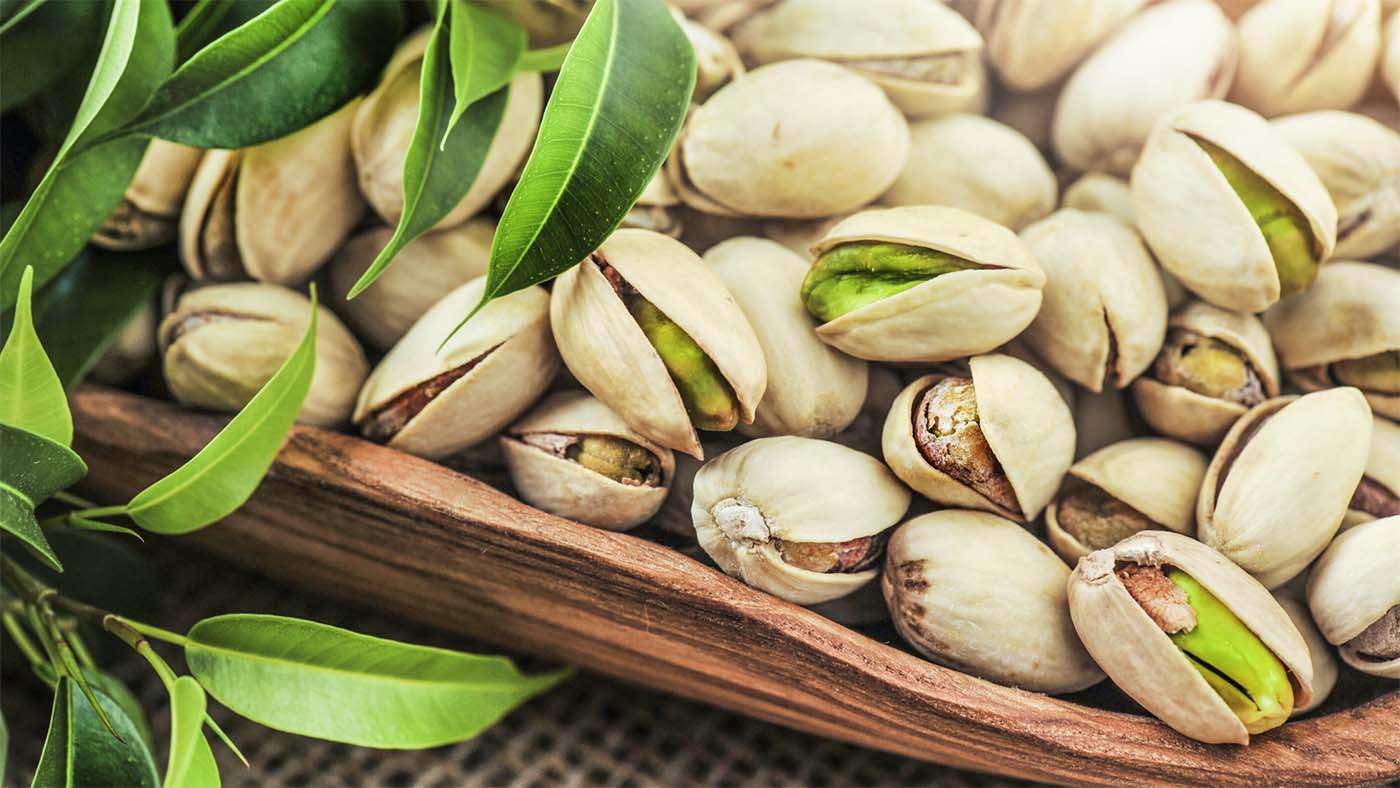
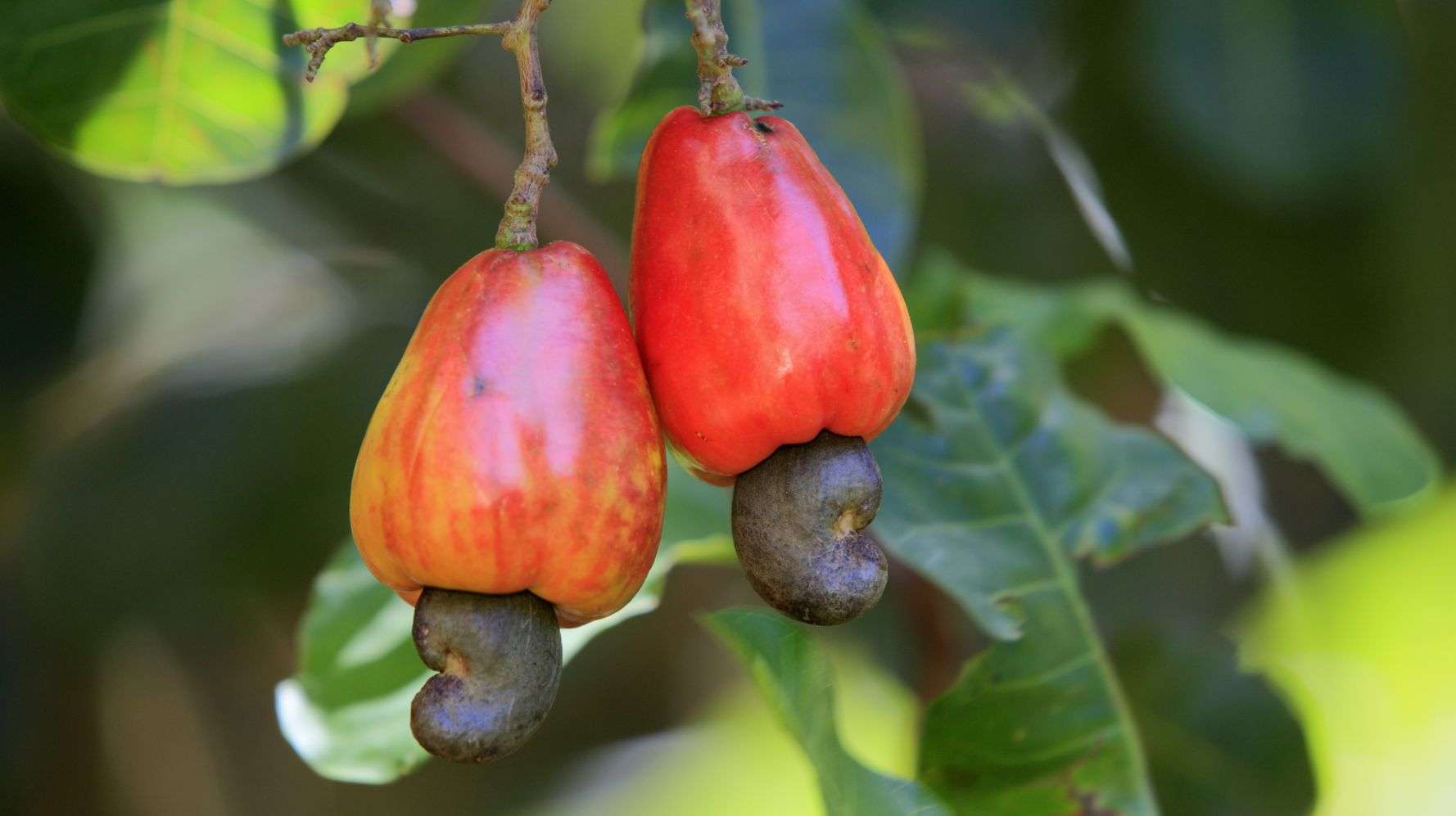
Nutrients from Cashew Nuts
Nuts and seeds are considered antioxidant powerhouses, and cashews are same. More than that, cashews are low in sugar and rich in fiber, rich in heart-healthy fats, and plant protein. Cashew are also a good source of copper, magnesium, and manganese... nutrients important for energy production, brain health, immunity, and bone health.